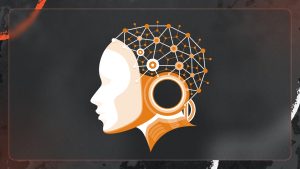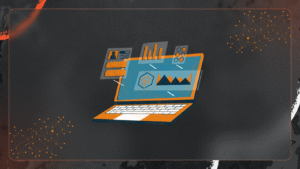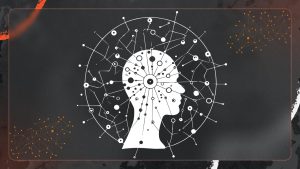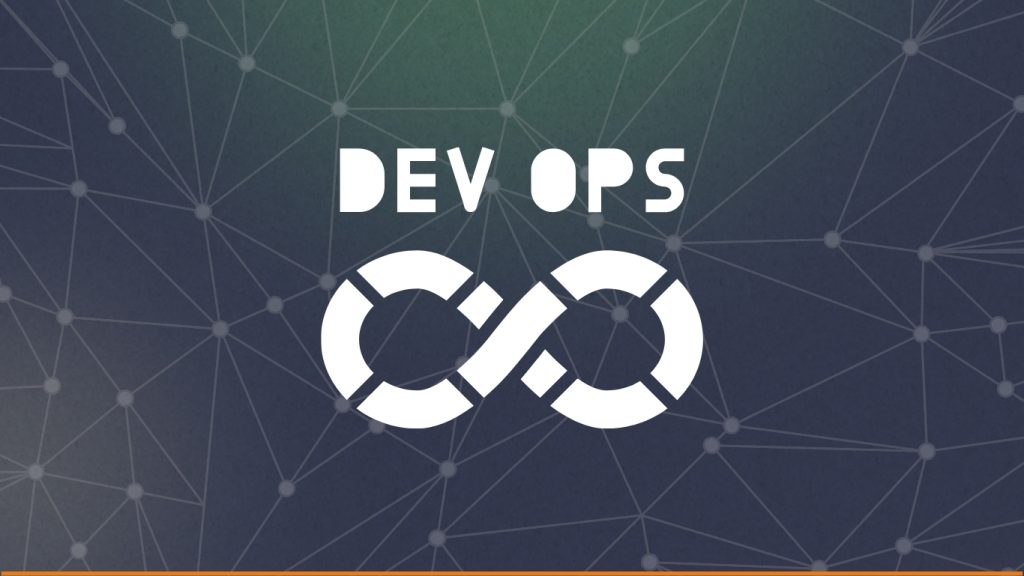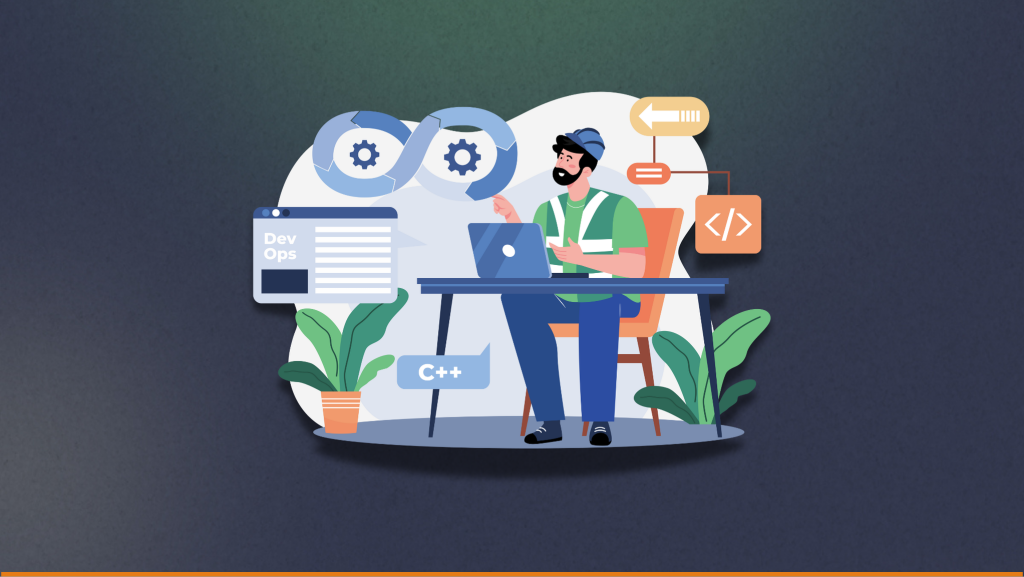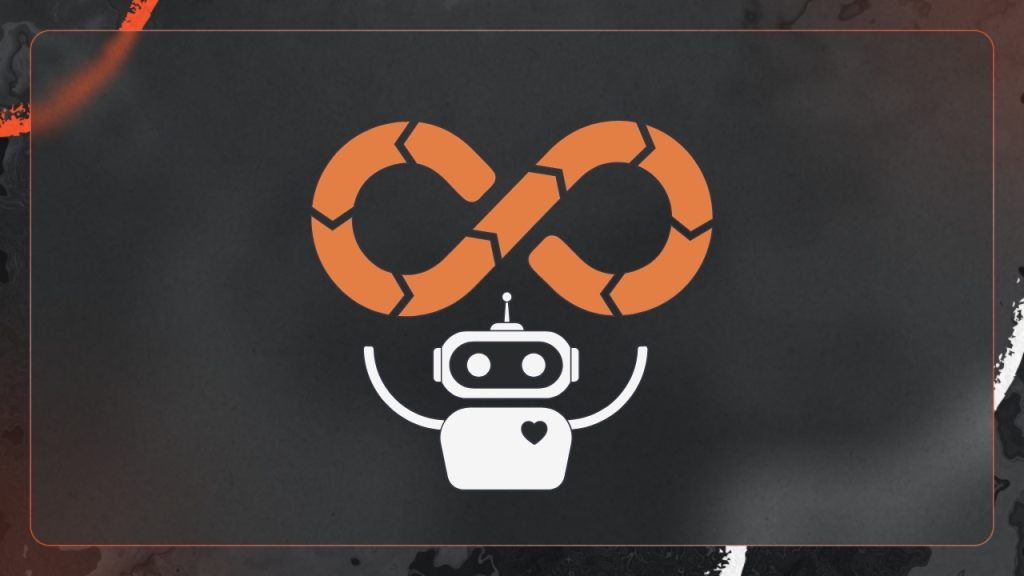
In today’s fast-paced software development environment, speed often sacrifices security. Legacy models that positioned security as the last gate are not practical anymore. Increasing levels of complexity and waves of cyberattacks drive businesses to reconsider how they embed security in their development lifecycle. Enter the DevSecOps methodology—folding security into the very beginning of software delivery. But even DevSecOps-at-scale falls short when manual reviews and reactive tools are leaned on as crutches. The answer: intelligent, artificial intelligence (AI)-powered security pipelines. AI is not just another buzzword around here. The true driving force behind making DevSecOps intelligent, fast, and optimized in execution about the talk of intelligent systems that would automate security validation identify vulnerabilities in real-time operations and even predict possible threats before they actualize. With the advent of microservices, cloud-native applications, and continuous deployment pipelines embraced by companies, volumes of security data have been created. Manual processes are slow; expert teams drown in alert fatigue and copious false positives to wade through. This is where big data analytics through pattern recognition steps in.
AI’s Role in Strengthening DevSecOps
The greatest application that AI brings into DevSecOps is in the area of threat detection and prediction of anomalies. Signature-based systems can only detect already known vulnerabilities, but the machine learning model goes a step further. It learns normal behavioral patterns across systems and then flags irregular access patterns, odd user behaviors, or even a spike in network traffic-considerably more signals that this might be an insider threat, bot activity, or a breach in progress. And unlike static rule-based systems, wherein rules do not change with time and new scenarios learned by the system are added as data comes in.
A further great advance in the integration of AI into security pipelines is automated code scanning. Already on the market, modern Static and Dynamic Application Security Testing tools (SAST/DAST) are running more intelligently at the core with AI. Not merely an exercise in semantics, these tools give due prioritization to vulnerabilities within their proper contexts and offer real-time code fixes related to any issues flagged. It reduces so much friction for developers since it does not bombard them with false positives that seem rather vague in security reports. When security is left, meaning brought closer to the development phase, AI enables fixing issues faster and with more accuracy.
Automating Compliance

At the infrastructure layer, AI makes sure there is steady enforcement of security policies across the entire complex and distributed environment. Be it container orchestration through Kubernetes or any cloud service among several being run, AI-based tools can keep an eye on configurations, spot drifts, and take corrective actions automatically. Such levels of automation are handy in environments where deployments happen thousands of times a day. In a secure intelligent pipeline, should an image artifact with known vulnerability be pushed to a repository, deployment can immediately be blocked by the system or if possible with suggestions for even better secure alternatives – making insecure assets never reach production.
Behavioral analytics. Not all attacks are from the outside, AI helps significantly in internal attacks as well. Just as traditional systems monitor logins and file accesses, AI models who learn the behavior of users can spot anomalies like an employee suddenly accessing files they have never accessed before or from a new location being flagged inside of seconds. This happens long before actual damage can be inflicted because the insights are in advance. Most conventional security monitoring misses such nuance and subtlety, but finding hidden risks is something that AI excels in with behavioral intelligence.
Artificial Intelligence is also involved in the management of incidents. Once a violation or assault has been identified, it is important to act quickly. Log assessment, event correlation and even advisory or auto containment steps can be provided by AI-enabled security orchestration and response tools (SOAR). For instance, in case any anomaly is detected within a web application immediate withdrawal of user privileges isolation of impacted containers or reverting back the application to a safe version can all be accomplished by AI hence reducing harm as well as recovery time drastically. This then translates into changing the game from reactive to proactive response for today’s security teams.
Integration and the Reality Check

Integration and context are key for organizations aiming to insert artificial intelligence into their DevSecOps pipelines. These tools should be integrated across the entire Continuous Integration and Continuous Delivery lifecycle from code commit through to runtime. To make decisions accurately, they require relevant metadata including information about histories of code, deployment environments, and dependency graphs. In most scenarios, existing security platforms are complemented by AI tools because such tools add a further stratum of intelligence that helps teams to prioritize and act effectively rather than replace human input entirely.
Some tools are already beginning to lead this space. Snyk, for example, delivers a platform that uses AI to find vulnerabilities and fix them in real-time. Other examples include Darktrace which is about machine learning-based anomaly detection for cyber threats across the cloud, IoT, and enterprise networks; Aqua Security providing intelligent behavioral analysis as runtime protection for containers; and Rezonate delivering identity threat detection uniting risk mitigation across cloud platforms. All these tools prove that AI in DevSecOps is not theoretical but rather very practical and something to be reckoned with.
It’s important to approach AI with realistic expectations. It is not a panacea. Challenges like bias in training data, or even in the legacy data, false positives, model drift, and the requirement of human oversight are still very much prevalent. An over-dependence on automation can create its own set of blind spots if the team has ‘parked’ the responsibility elsewhere. The best results come from a human-in-the-loop approach where AI assists security engineers, amplifies their capabilities, and lets them focus on high-priority tasks.
Conclusion
Looking forward, the future for smart security pipelines is really promising. More of these adaptive systems shall pop up that are not merely reactive in the detection and response to threats but rather predictive. ‘‘Think of AI tools that predict where the next vulnerability may emerge based on your codebase evolution. Or, think of self-healing systems that can replace faulty modules with their secure versions without any human intervention invoked.’’ The line is going to be blurred, and perhaps, it may well be so that security forms each layer on the stack.
Thus, the application of AI in DevSecOps is the next great game-changer in securing modern applications. With the implementation of intelligent, self-learning security pipelines, an organization can keep up with the velocity of development and stay in front of threats. It’s not that AI makes security good; it makes security good at scale. With the race of businesses to digital transformation, going forward, smart security pipelines will not be an option but a necessity for resiliency in a constantly changing threat landscape.
Published: July 28, 2025



